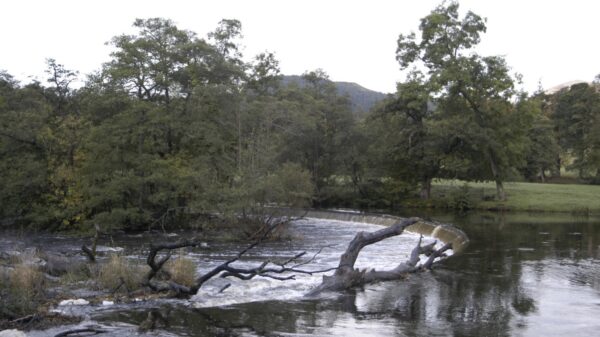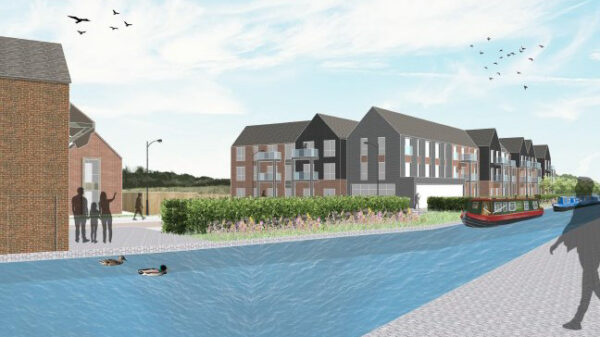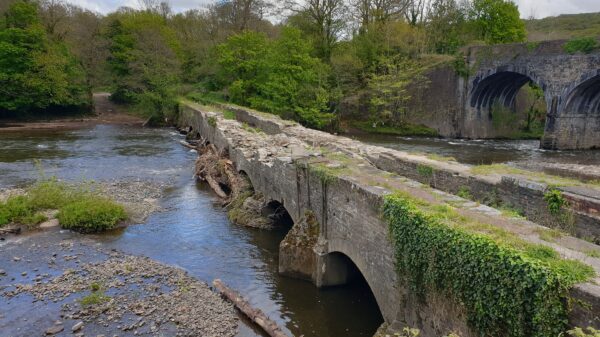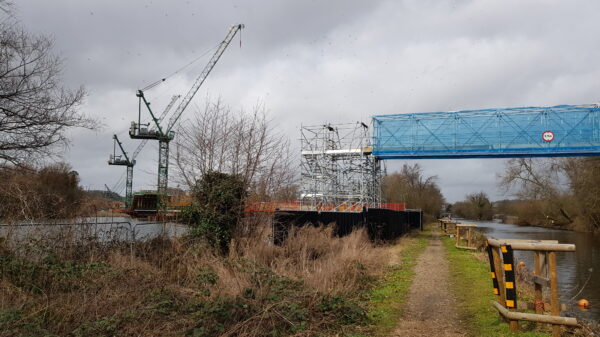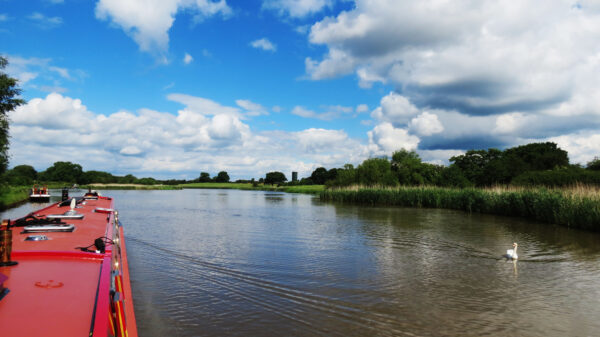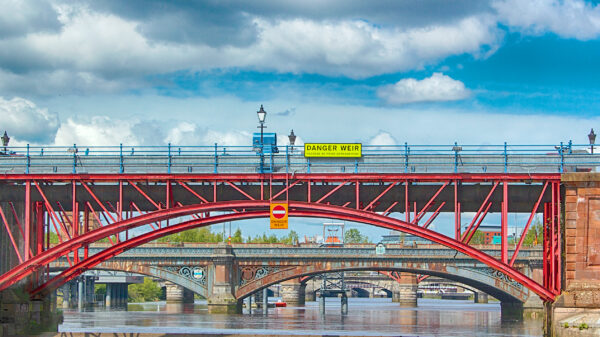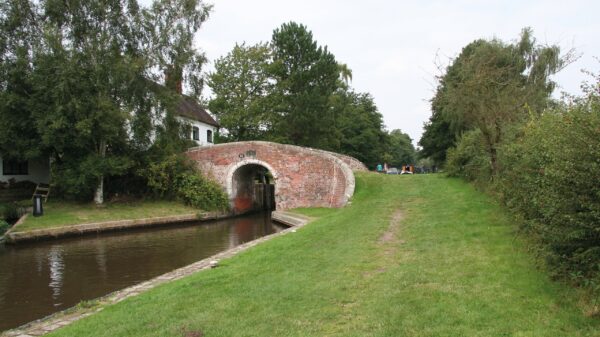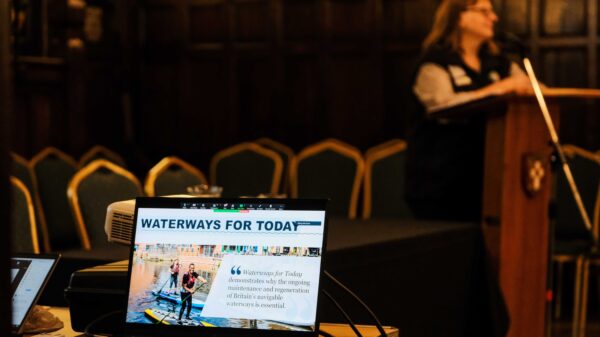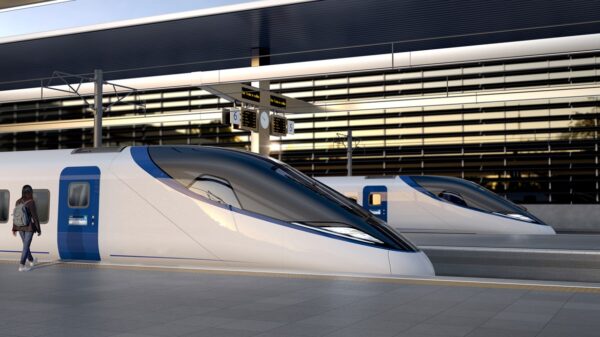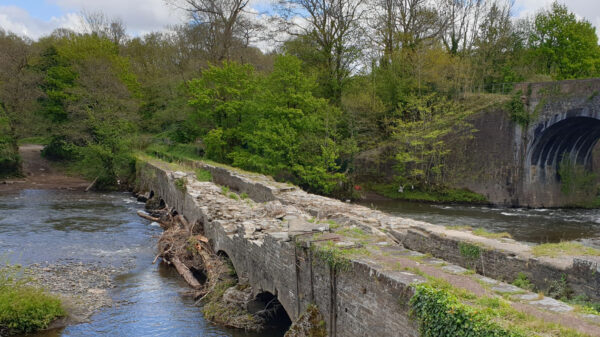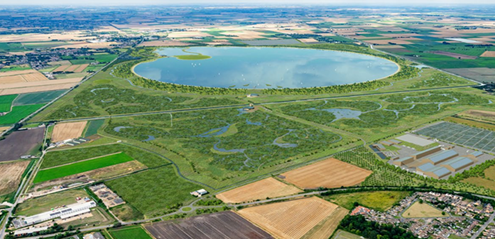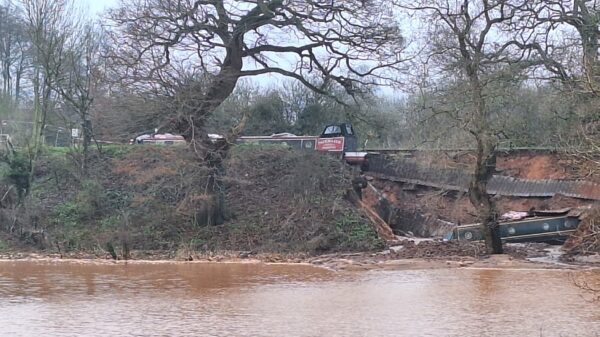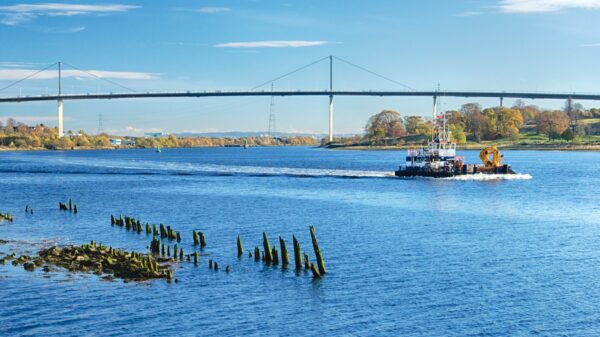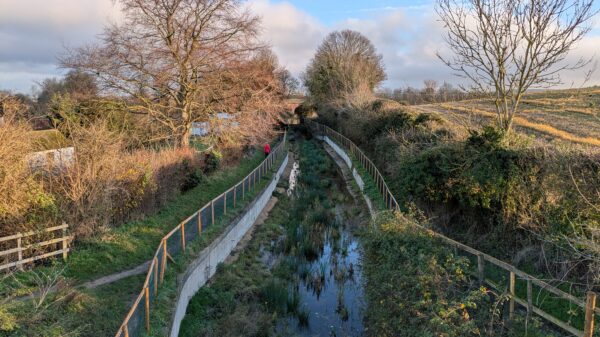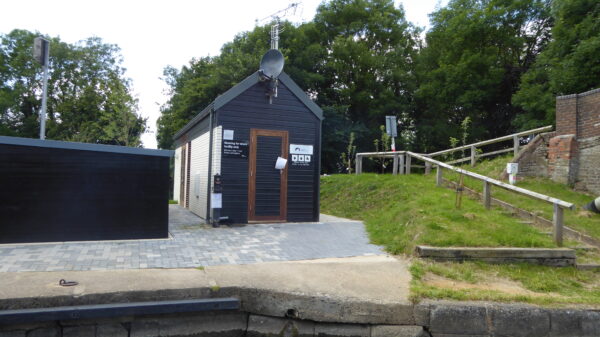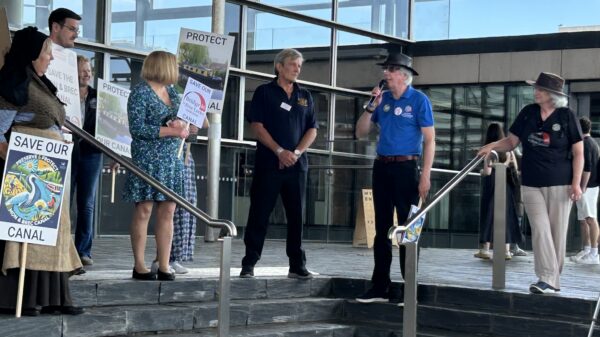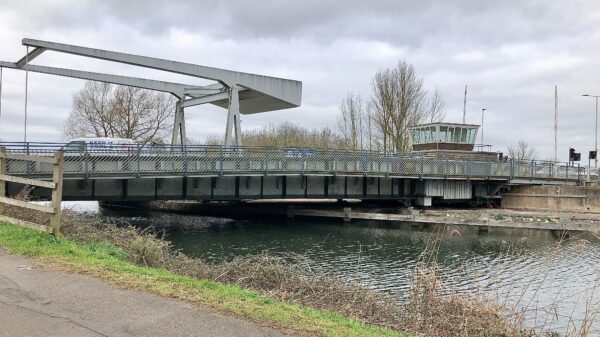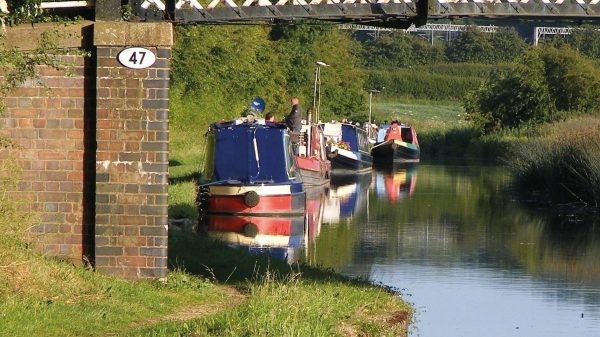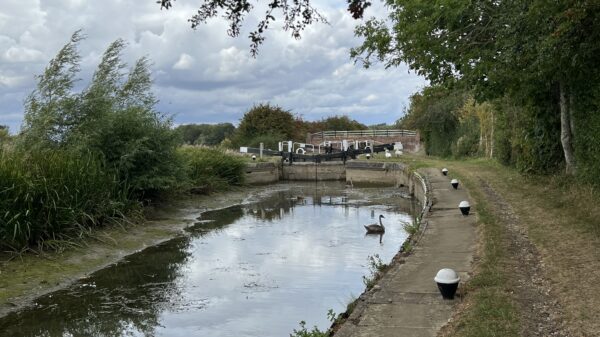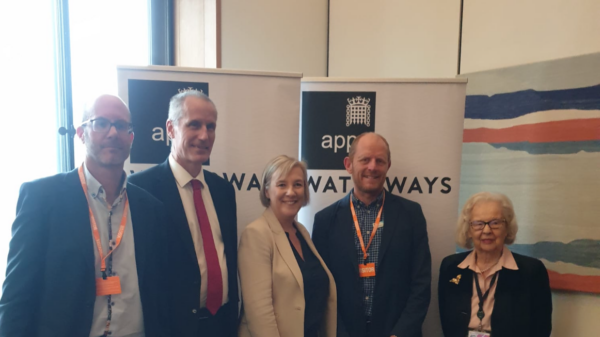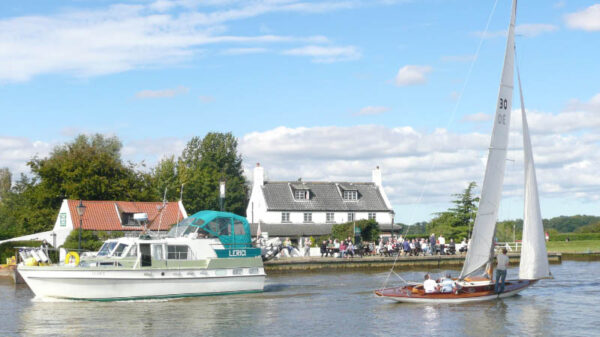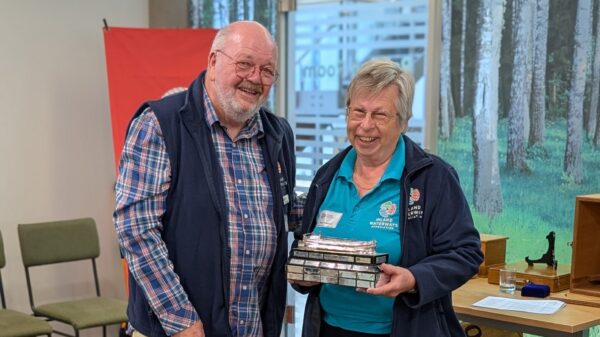Water transfer projects can bring benefits to the waterways for leisure, alongside flood management and enhancing the natural environment. At the most recent All Party Parliamentary Group for the Waterways (APPGW), parliamentarians and waterway organisations spoke about the potential of water transfer projects. This includes using or creating reservoirs, pipelines and waterways to manage the movement of water.
Water transfer projects could include canal restorations and new waterways, with existing canals potentially used to transfer drinking water. Speakers from the water industry outlined the opportunities to the APPGW, chaired by Michael Fabricant MP.
As well as offering a potential income source for navigation authorities, water transfer projects can also improve the usability of the system. The schemes would upgrade and improve some of the 200-year-old infrastructure, improving resilience for the future.
Possible Water transfer projects from OFWAT and Affinity water
Claire Beloe, Principal Engineer at Ofwat and RAPID, explained they are assessing 17 strategic solutions for use with development funding of up to £469 million divided between nine water companies. Most options are water source development options, including three new reservoirs, effluent reuse and desalination. However six of the options involve water transfer, utilising rivers, canals and pipelines. Two of the transfer options include elements of raw water transfer by canal.
Clare Carlaw, Water Resources South East Engagement Lead for Affinity Water shared their scheme for The Grand Union Canal. This would be the transfer of treated wastewater via the existing canal network. One of the major advantages of this scheme is that by using the canal they are not building new structures or digging up large areas for new pipes. This obviously has a huge advantage in terms of impact on communities, the environment and cost.
Possible Water transfer projects from Water Resources East
Robin Price, Managing Director at Water Resources East, shared their plans to transfer water from areas of surplus to areas of deficit. This would include increasing connectivity using both open water channels as well as pipelines. Central to these plans are two new strategic reservoir systems – one in south Lincolnshire and one in the Fens.
Waterways can be pivotal to how water gets in and out of these reservoirs and Robin outlined four potential projects:
- The Boston to Peterborough Wetland Corridor, led by IWA working with Lincolnshire County Council and the Environment Agency. It would be 12 miles of new waterway that would unlock 50 miles of connectivity.
- The Stamford Canal could offer the opportunity to link Rutland Water Reservoir with the new south Lincolnshire Reservoir.
- The Bedford to Milton Keynes Waterway could bring 11 miles connecting the Grand Union Canal and the River Great Ouse. It could also act as an urban drainage system, reducing flood risk. In addition it would act as a header tank for water taken from the bottom of the Great Ouse system into the new Fens reservoir.
- The North Walsham & Dilham Canal offers an opportunity for abstraction and water for irrigation, with an opportunity for effluent re-use, using nature based solutions to treat the water and put it back into the system rather than losing it out to the sea

